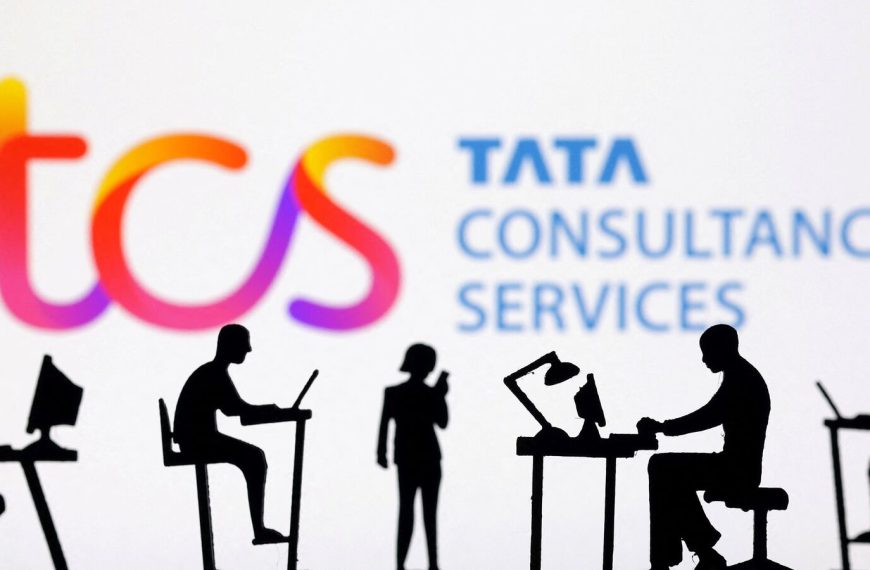The U.S. Treasury market is poised to achieve its strongest weekly performance of the month, driven by growing economic concerns that bolster expectations for interest rate reductions. Investors are anticipating around 70 basis points in rate cuts by year-end, which suggests a likelihood of two quarter-point decreases in 2025. Additionally, a third cut is already factored in by January 2026.
Economic Concerns Fuel Rate Cut Speculations
"Inflation appears to be a temporary issue," noted Gang Hu, managing partner at Winshore Capital Partners. He added, "If the economy shows signs of weakening, Fed Chair Powell is likely to consider cutting rates. I wouldn’t be surprised if we see three cuts this year."
This sentiment resonated with bond investors who have increasingly turned to Treasuries in recent weeks. Following the Federal Reserve’s policy announcement on Wednesday, which lowered growth forecasts and highlighted uncertainties in the economic outlook, there was a surge in demand for safe assets like the dollar and Treasuries.
Declining Yields and Increased Investor Activity
Over the course of the week, 10-year Treasury yields dropped approximately 10 basis points, settling at around 4.2%, which is close to the year’s lowest levels. Notably, open interest in 10-year note futures has risen for seven consecutive sessions, indicating that traders are establishing new long positions.
Recent activity in Treasury options has included a significant trade betting on a decline in the 10-year yield, targeting a decrease to about 3.8% by late April.
Yield Trends and Future Projections
On Friday, yields displayed mixed trends; while the two- to five-year yields decreased further, longer-term yields saw a slight uptick. This shift widened the gap between the five- and 30-year yields to nearly 60 basis points, marking the steepest spread since September.
Looking ahead, Vishwanath Tirupattur, chief fixed income strategist at Morgan Stanley, predicts that 10-year yields will settle at 4% by the end of this year, with only one rate cut expected in 2025, followed by additional cuts in 2026.
The current market dynamics reflect a complex interplay of economic indicators and investor sentiment, suggesting that the Treasury market will continue to be closely watched as it navigates this uncertain landscape.











